There have been many rumors over the years regarding what imitation crab is actually made of. The popular crab-replacement meat is used in sushi, salads, soups, dips and much more, but no one really knows what it is.
The reason why the ingredients inside imitation crab are such a mystery is because every company that makes it uses a different recipe. However, one thing is for sure: Imitation crab is not crab. It’s also not gluten-free, sugar-free or chemical-free, and it’s certainly not good for the environment.
Imitation Crab Is a Popular Menu Item
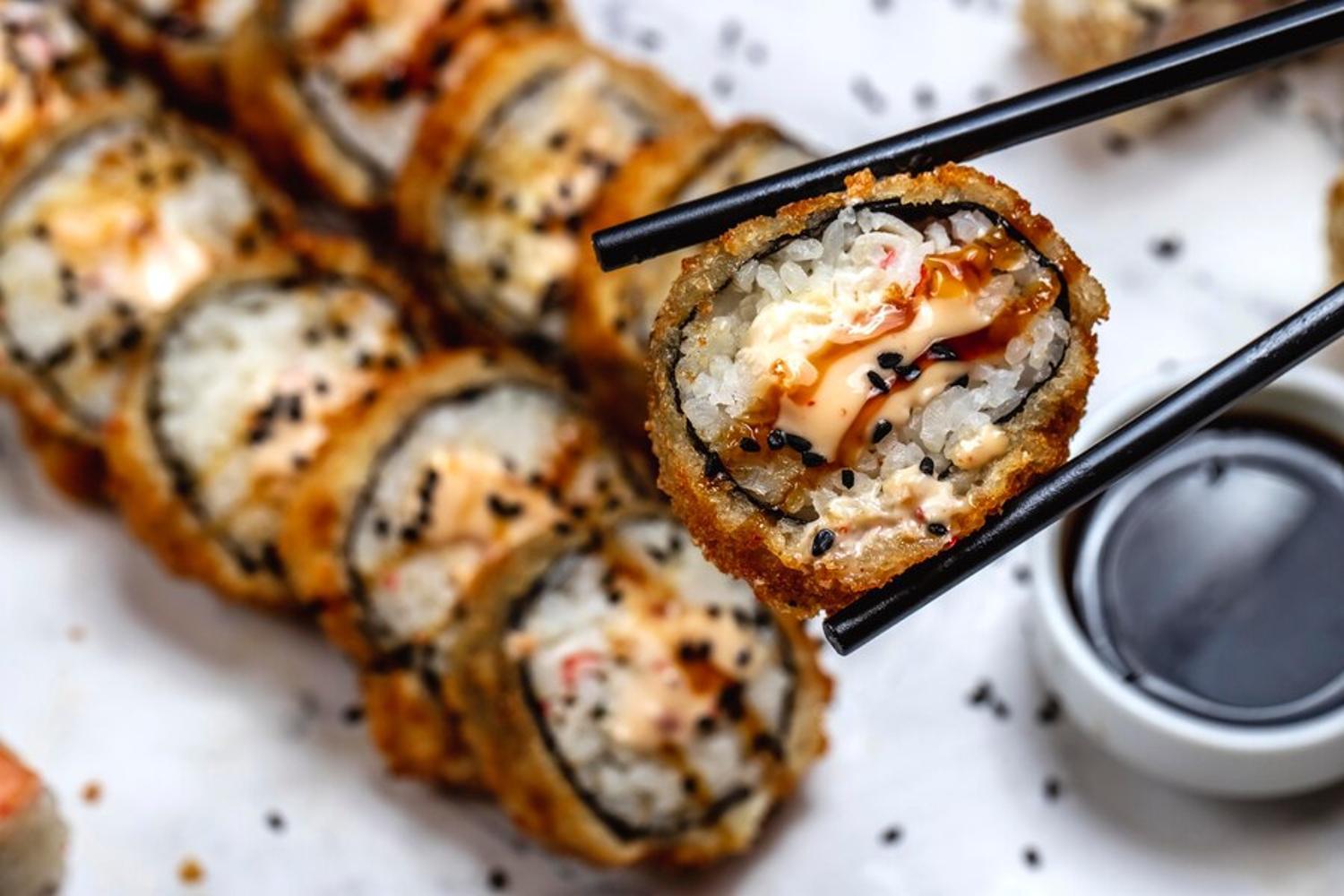
You may see imitation crab listed as an ingredient at an Asian-style restaurant. From California sushi rolls to crab rangoons, crab salads or various soups, it is clearly marked as imitation crab as opposed to fresh or even frozen crab.
Imitation crab is also available at some grocery stores in the U.S. and Europe. However, it’s not extremely popular among homemade meals in the West.
Imitation Crab Is Beloved in Japanese Cuisine
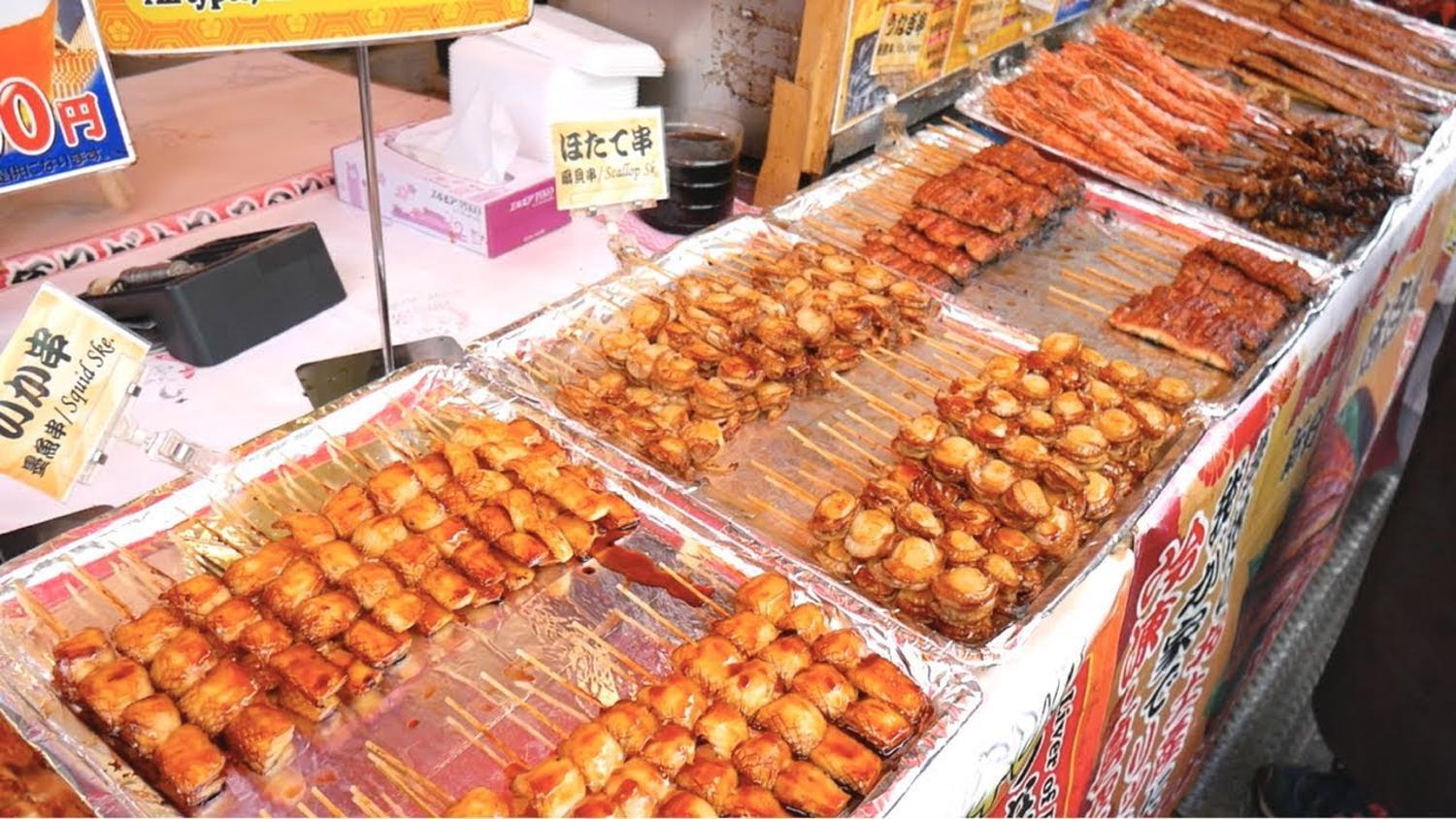
Although most American consumers don’t purchase imitation crab during their weekly grocery store trips, it is quite commonly found in Japanese home cooking.
Imitation crab can be found at Tokyo’s famous fish market, as well as in most stores throughout Japan and some in China.
What Is Inside Imitation Crab?
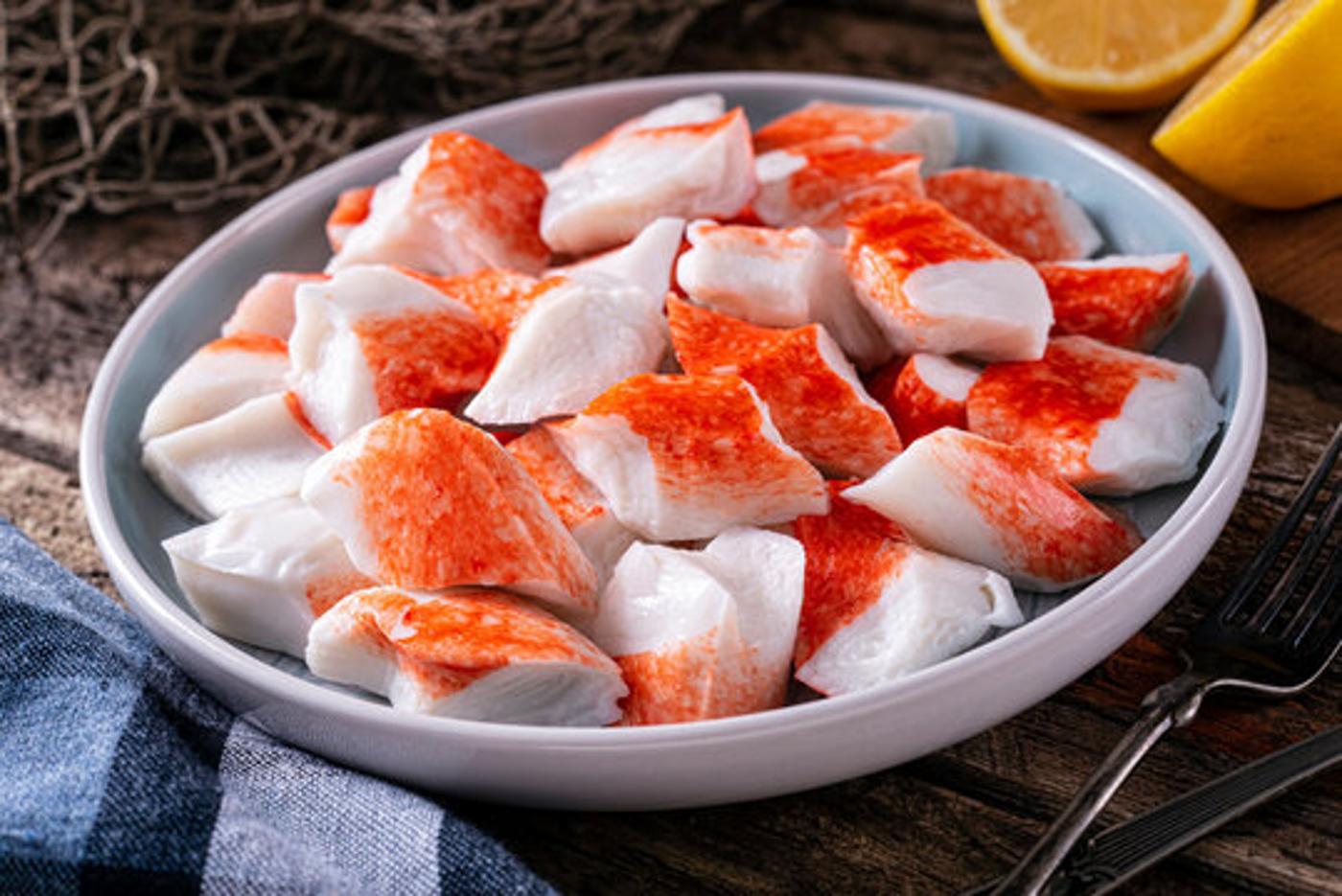
Imitation crab looks like sticks or large pieces of crab meat, but it’s not actually made from crabs.
Instead, imitation crab is made from surimi, a minced fish paste. The fish is mixed with various other ingredients, including water, starch (tapioca, wheat, corn or potato,) protein (soy or egg whites,) sugar, sorbitol, oil (vegetable, soybean or sunflower) and salt.
Imitation Crab Is Made From Surimi Paste
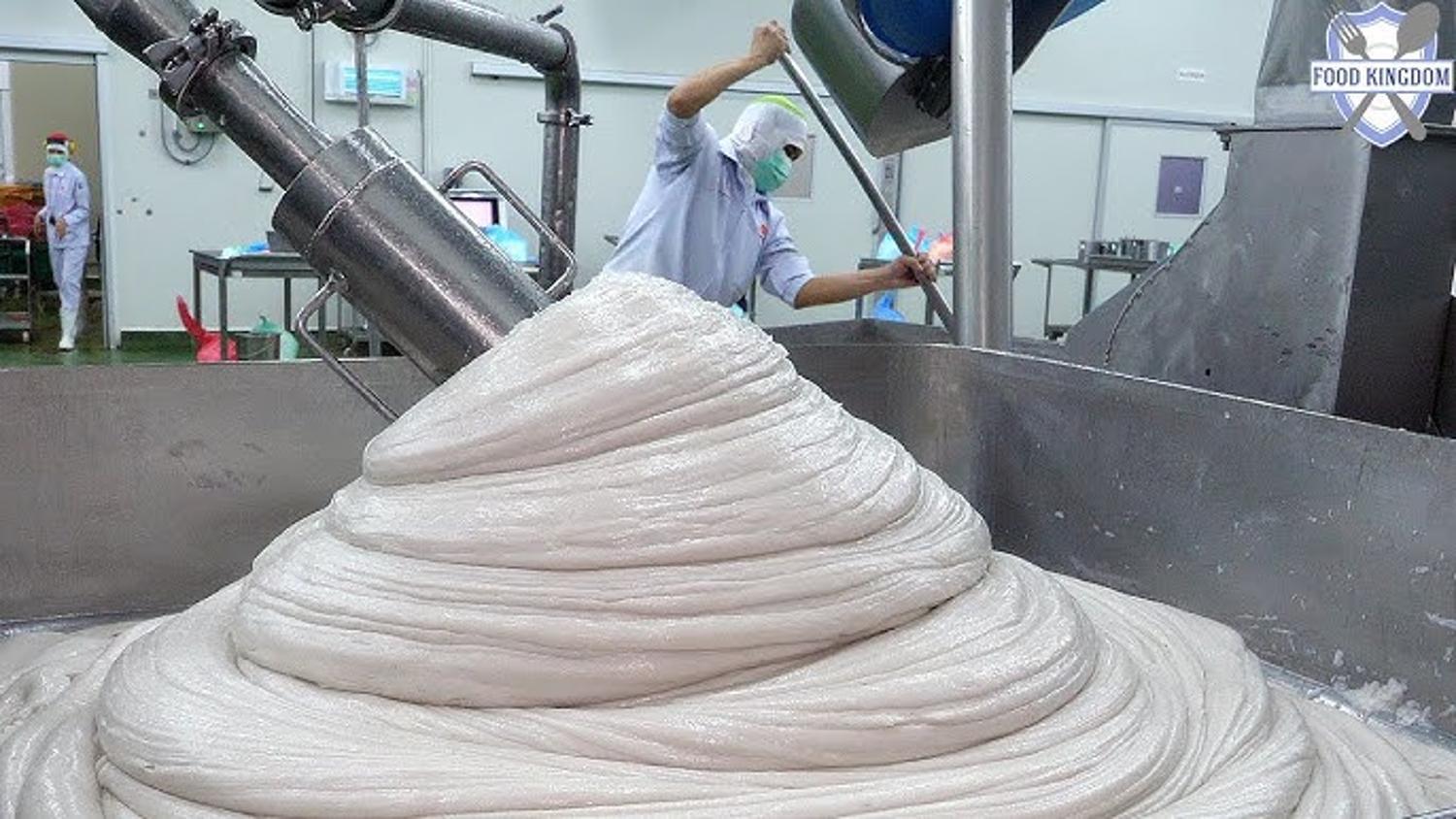
Surimi paste is often used in East Asian foods to mimic other seafood, such as lobster, eel or, of course, crab.
The Japanese have been making and using surimi paste since the 12th century. While it was originally made by hand, after World War II, Japan developed machines that created the thick paste for them.
The Main Ingredient in Most Imitation Crab Is Not Crab

The main ingredient in surimi these days is Alaskan pollock, a species of cod found in the North Pacific and Bering Sea. Alaskan pollock is the perfect fish for surimi because it is a fast-growing, short-lived species that travels in easy-to-catch schools.
Essentially, Alaskan pollock is plentiful, mild tasting and perfect as a seafood replacement for other options that are harder to find, fish and manufacture.
The Manufacturing of Imitation Crab Is a Little Different Everywhere

It’s important to note that the manufacturing of surimi and, later, imitation crab is slightly different in each factory. As previously mentioned, the list of ingredients can change drastically from company to company.
While there are factories in the U.S., Japan, Thailand and even France, Chile and Vietnam, no two brands use exactly the same ingredients. And these companies most often choose the most affordable and readily available ingredients to make their surimi paste.
Imitation Crab Is Often Mislabeled
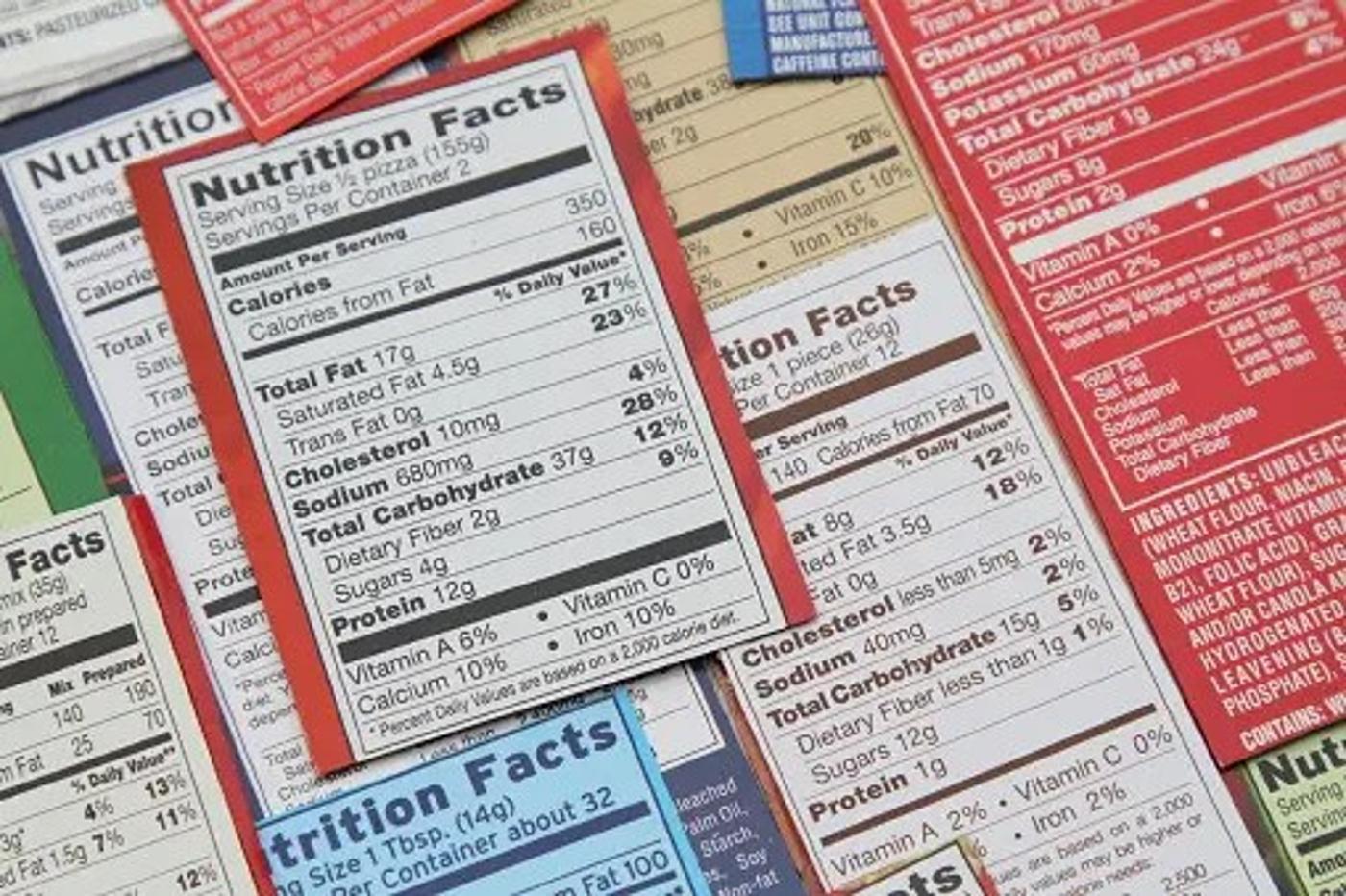
Because the recipes often change, depending on what kind of fish is readily available, seafood items like imitation crab sticks made from surimi paste are often mislabeled.
In fact, a study published by PLOS ONE in 2017 stated that 37.5% of all surimi products were mislabeled, 25% noted the incorrect fish species and another 25% neglected to report the presence of mollusks.
Those With Allergies Should Steer Clear of Imitation Crab

Because surimi and, therefore, imitation crab are commonly mislabeled, they can be quite dangerous products for those with allergies. This includes those allergic to certain types of seafood, as the main ingredient is usually Alaskan pollock, but most companies will throw any other caught species into the paste.
Additionally, it’s important to note that imitation crab often contains wheat and soy products, but they are not always labeled properly. Therefore, those with extreme gluten or soy allergies should skip the California rolls too.
Is Eating Imitation Crab Better for the Environment?
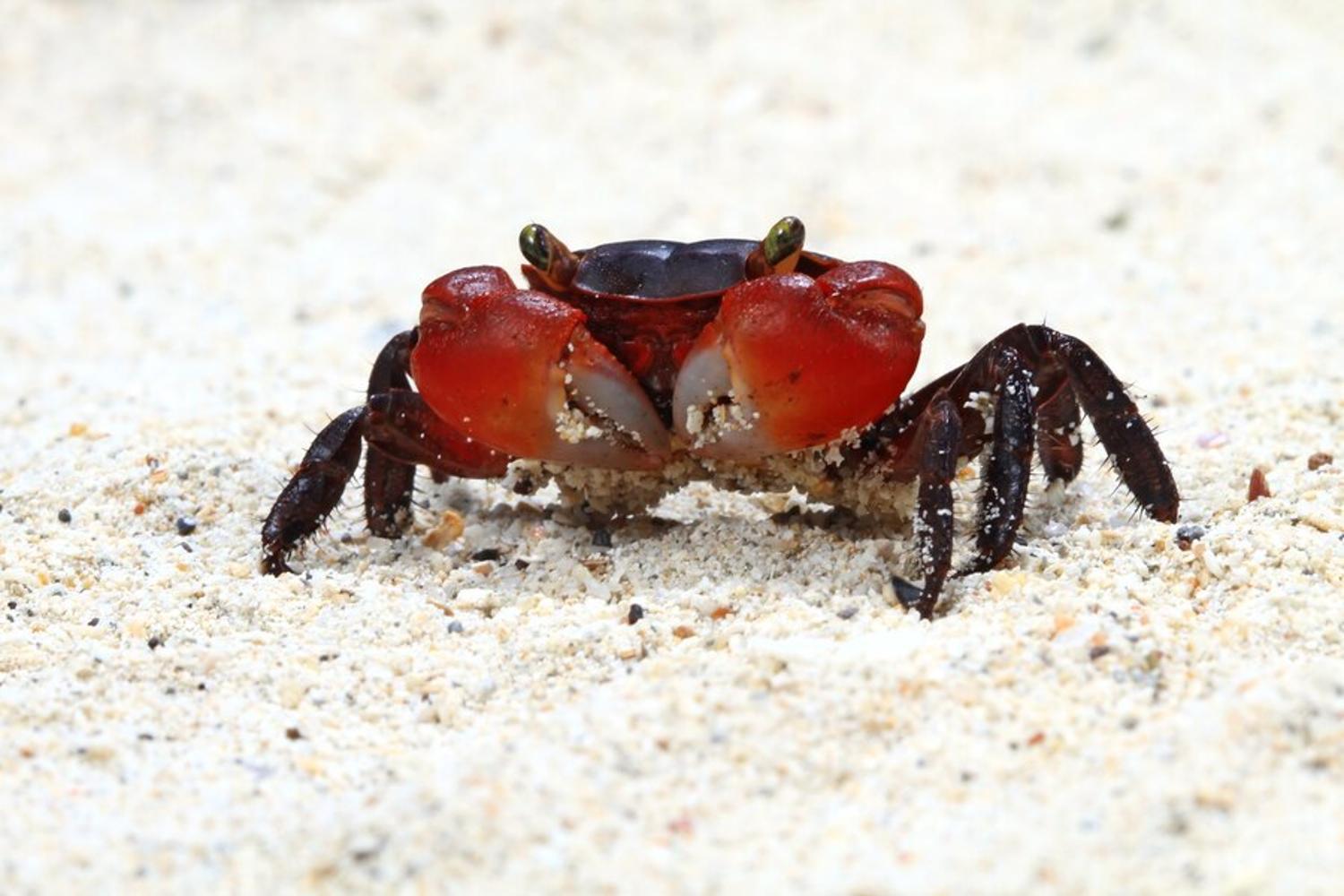
Over the years, rumors have circulated that imitation crab is better for the environment because it is not made from one specific species of marine life. Unfortunately, this is not actually the case.
The manufacturing of surimi to make imitation crab is actually far more detrimental to the environment than simply catching and cooking real crabs. One study showed that the process of turning Alaskan pollock into surimi had double the climate impact compared to the actual fishing phase.
Net Fishing Is Still Used to Make Imitation Crab
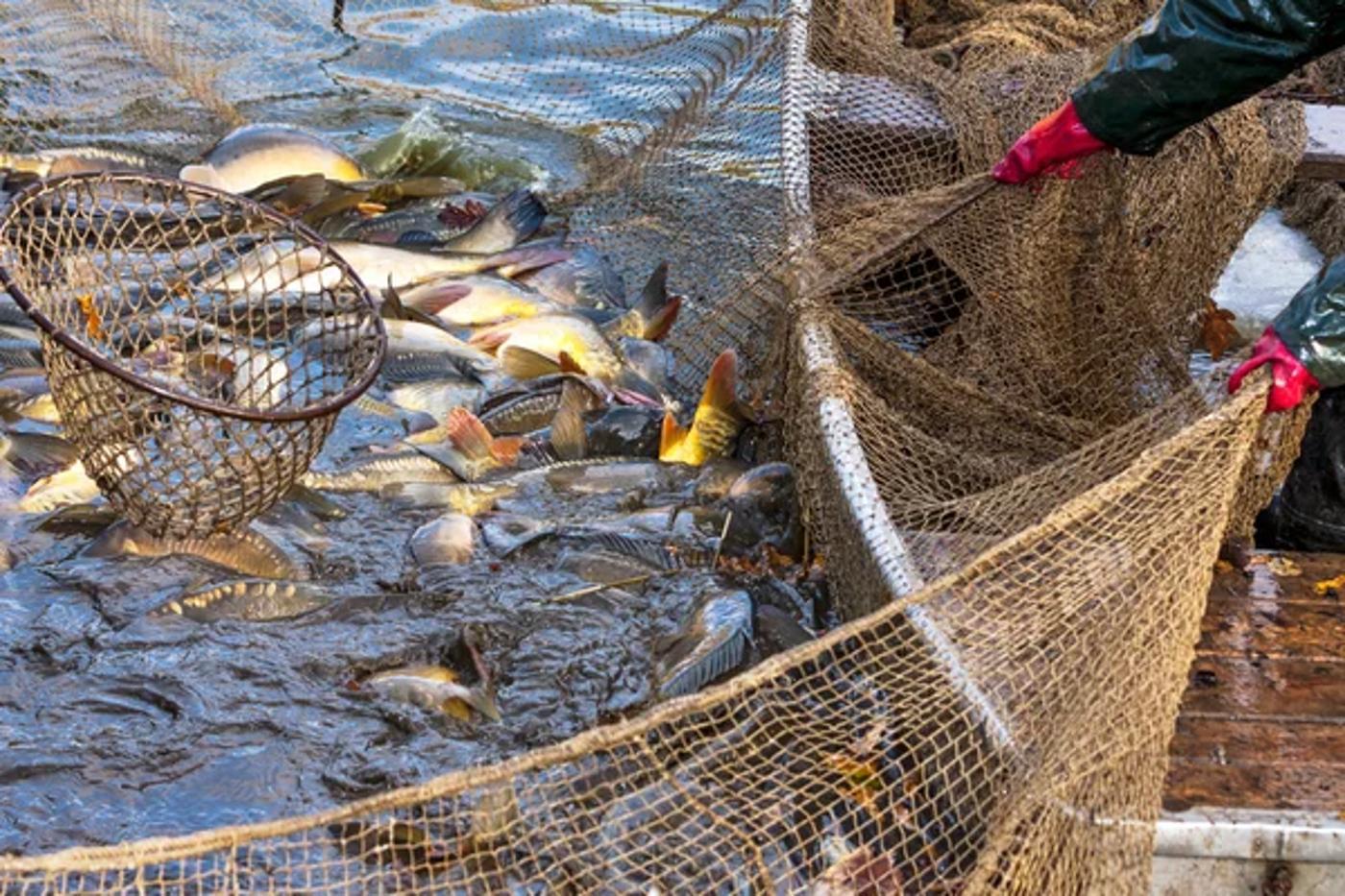
But that’s not to say that the fishing of Alaskan pollock for imitation crab is not also bad for the environment because it most certainly is. Industrial fishing boats use large nets to catch the large schools of fish, and when they do so, they often accidentally catch various other species.
Net fishing is known as one of the worst environmental plights as it can trap and entangle sea turtles, seabirds and other rare or even endangered marine life species that cannot be eaten.
Is Imitation Crab a Healthy Choice?
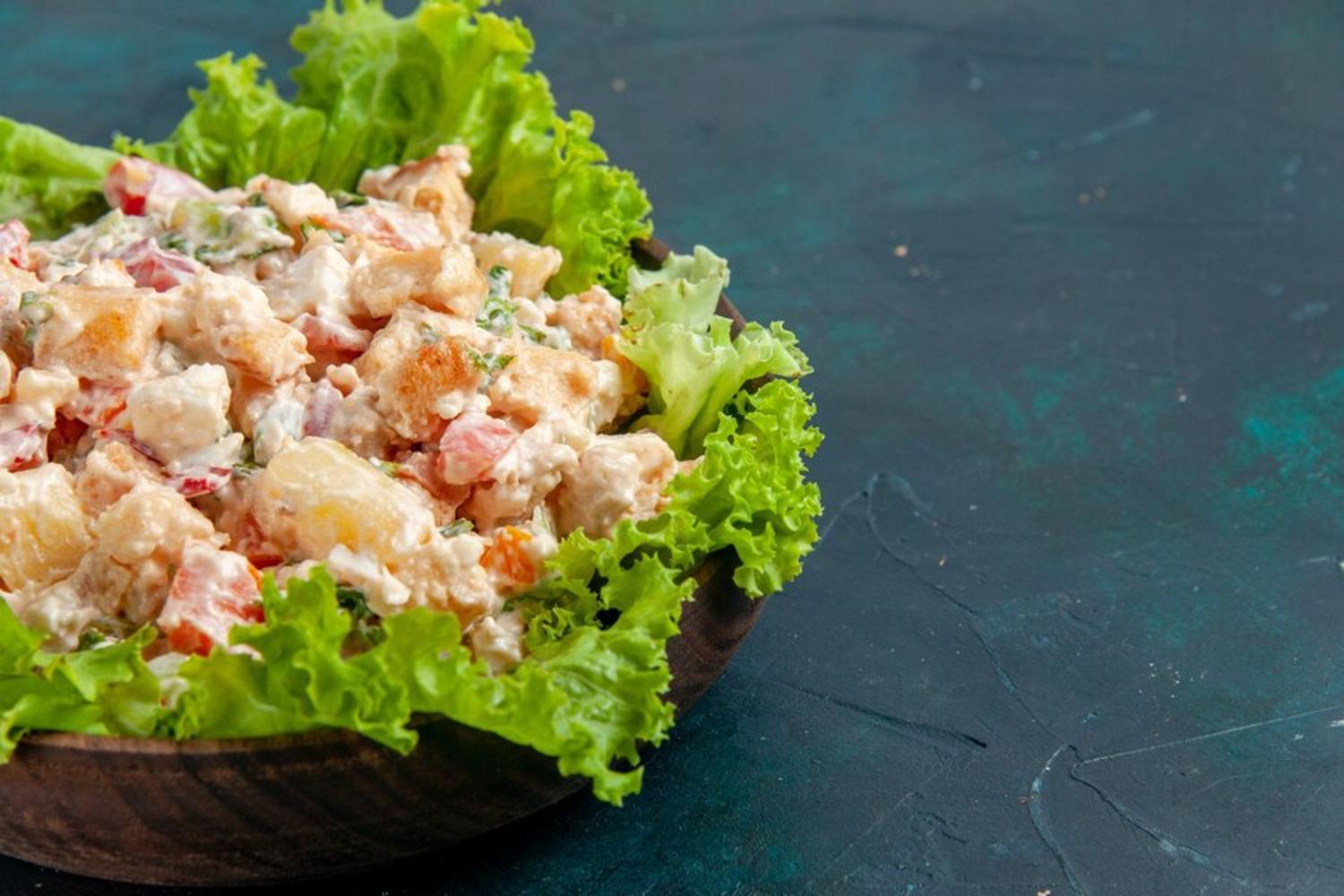
Finally, in addition to being mislabeled and bad for the environment, imitation crab is also far less healthy than real crab or really any other kind of seafood. Because of all the “extra” ingredients like oil, sugar, starch and an excess amount of water, imitation crab has far less nutritional value per pound than real seafood. Not to mention that excess of these ingredients is known to be bad for the body.
Overall, imitation crab isn’t necessarily the worst choice one could make, but it’s important to remember that it is a processed food, often mislabeled, and it is not an environmentally friendly choice.








































